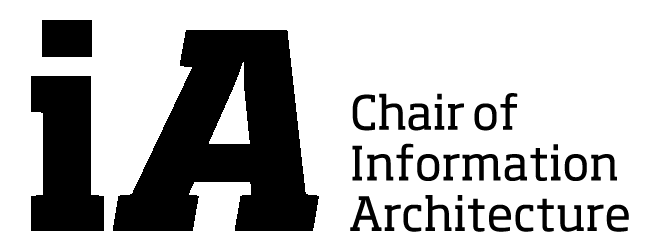COMPUTATIONAL INFORMATION DESIGN IN THE URBAN CONTEXT
How did Zurich grow? How sustainable is it? What path did my breakfast take this morning? What is the journey of rubbish? What flows in and out of the city? How does McDonalds and the health insurance correlate? How healthy is our life in this city? Where do how many people live on how much space and why?Where do the old people live, where the rich people and why? And where do they work? In which areas do people drive a SUV? How would a subway change the appearance of Zurich?
Visualizations can do more than just “show data”. They might be one approach to answer the above questions. When you visualize, you have to interpret your data, to communicate an understanding of it. You’re actually telling a story. Data can take many interesting forms. Rather than relying on toolkits that produce charts or graphs, you will learn how to taylor your appropriate displays. Our goal is to open up imagination in ways that bar charts cannot. This enables you to highlight important circumstances, reveal patterns, and simultaniously show features that exist across multiple dimensions in the urban context.
You will present your work in the Value Lab, a brand new collaboration environment for virtual design, visualization and planning in architecture.
We are addressing students with a high level of curiosity, who want to ask questions, play with urban data, and gain an understanding of how to communicate information to others. Students with little or no programming experience have to be willed to overcome the rather steep learning curve that usually occurs when getting in touch with code. We will provide enough help to overcome this initial stumbling block.
Keywords:
Aquiring and parsing data, mapping, data over time, connections and correlations, trees, hierarchies, recursion, networks, graphs, computational information design.


